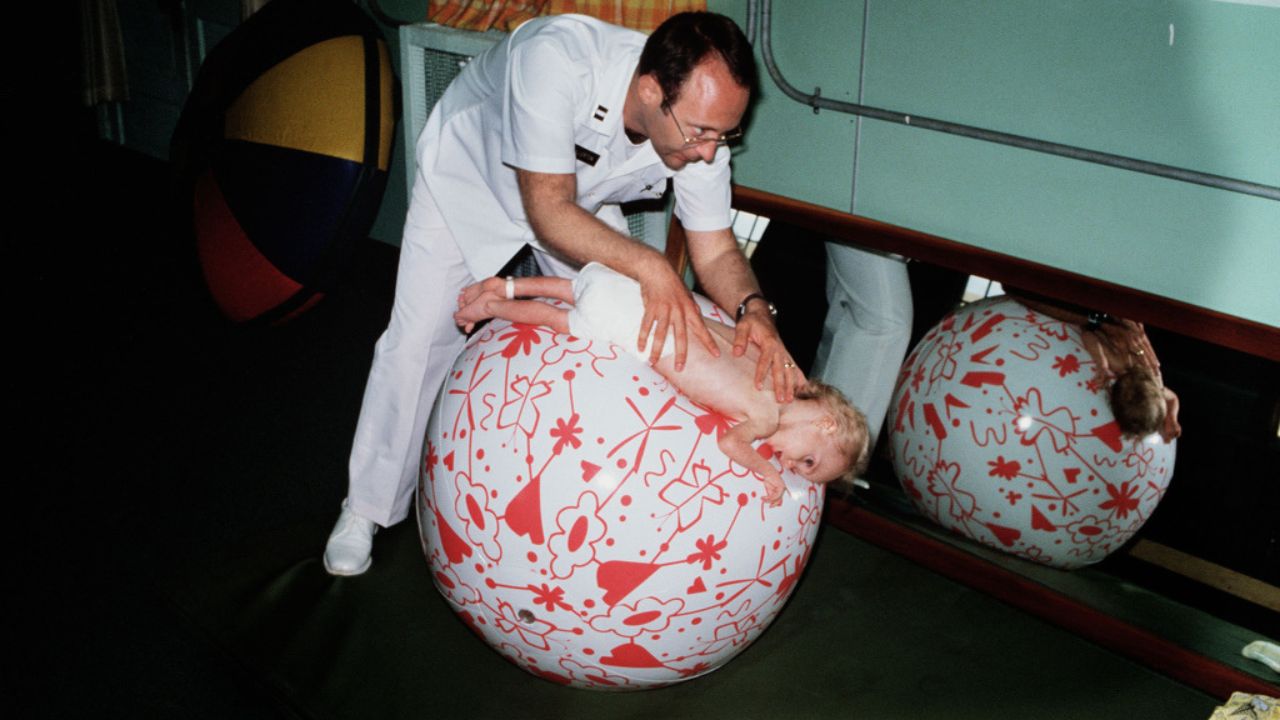
In today's modern world, it is essential to ensure that all children have the opportunity to experience freedom and mobility.
For children with special needs, assistive devices play a crucial role in enhancing their independence and overall quality of life.
In this article, we will explore the top 10 assistive devices designed specifically for special needs children.
From wheelchairs to adaptive seating systems, these tools will not only provide practical solutions but also empower children to explore their surroundings and enjoy a sense of freedom like never before.
Wheelchairs
The advancements in assistive technology have led to significant improvements in the design and functionality of wheelchairs, providing individuals with limited mobility greater independence and accessibility.
Wheelchair accessories have played a crucial role in enhancing the overall experience for wheelchair users. From attachable pockets to hold personal belongings, to cup holders and phone mounts, these accessories offer convenience and ease of use.
Additionally, the introduction of wheelchair sports has revolutionized the way individuals with limited mobility can engage in physical activity and experience the thrill of competition. Wheelchair basketball, tennis, and rugby are just a few examples of sports that have gained popularity among wheelchair users. These sports not only promote physical fitness, but also foster a sense of camaraderie and empowerment.
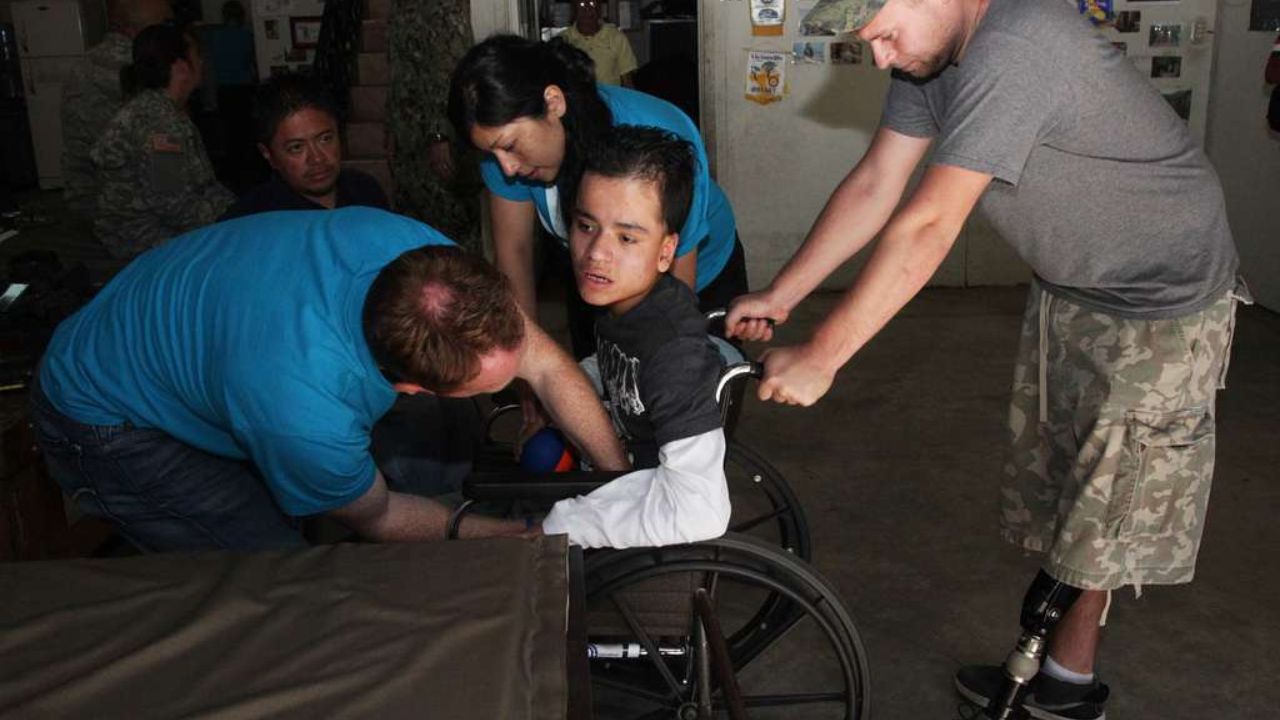
Overall, advancements in wheelchair technology and the availability of wheelchair accessories and sports have opened up a world of possibilities for individuals seeking freedom and independence.
Walkers
Walkers are a popular assistive device that can greatly improve the mobility and independence of special needs children. They offer stability and support, allowing children to move around more freely and confidently.
However, it's important to consider the benefits and drawbacks of walkers and choose the right one that meets the specific needs of each child.
Walker Benefits and Drawbacks
Assessing the advantages and disadvantages of utilizing assistive devices such as walkers for special needs children is crucial for making informed decisions regarding their mobility. Walkers offer several benefits that can significantly enhance a child's freedom and independence:
- Increased stability: Walkers provide a sturdy support system, allowing children to navigate their surroundings with more confidence and reduced risk of falls.
- Improved mobility: With the help of a walker, children can explore their environment, engage in physical activities, and participate in social interactions more easily.
- Enhanced posture: Walkers promote proper alignment and posture, which can have long-term benefits for a child's overall physical development.
- Boosted self-esteem: The ability to move around independently can boost a child's confidence and sense of achievement, leading to improved overall well-being.
However, it is important to consider the potential drawbacks of walkers as well:
- Limited maneuverability: Walkers can be bulky and may restrict a child's ability to navigate tight spaces or uneven terrain.
- Dependence on external support: Relying too heavily on a walker may hinder a child's natural progression towards independent mobility.
- Social stigma: Some children may feel self-conscious or different when using a walker, potentially impacting their self-esteem and social interactions.
- Safety concerns: Walkers must be used properly and under supervision to prevent accidents and ensure the child's safety.
When considering the use of a walker, it is essential to weigh these advantages and disadvantages, while also considering the specific needs and abilities of the child. Working closely with healthcare professionals and therapists can help determine the most suitable assistive device for each individual, promoting mobility, freedom, and overall well-being.
Choosing the Right Walker
Considering the unique needs and preferences of special needs children, proper selection of an appropriate walker entails a comprehensive evaluation of their mobility requirements. Choosing the right walker is crucial in promoting independence and enhancing their overall quality of life.

When selecting a walker, it is important to consider factors such as the child's physical abilities, balance, and coordination. Additionally, the walker should be adjustable to accommodate their growth and provide proper support.
Adaptive seating systems can also be integrated into the walker to ensure comfort and stability. These systems include specialized seats, harnesses, and cushions that can be customized to meet the specific needs of each child.
Adaptive Tricycles
Several specialized adaptive tricycles are available to enhance the mobility of individuals with special needs. These innovative devices provide a sense of freedom and independence, allowing children to explore their surroundings and engage in physical activities with ease. Here are four reasons why adaptive tricycles are essential for individuals with special needs:
Improved physical strength and coordination: Adaptive tricycles provide an excellent opportunity for children to develop their motor skills, strengthen their muscles, and enhance their coordination.
Enhanced sensory integration: The act of riding an adaptive tricycle stimulates the senses, providing valuable sensory input and promoting sensory integration for individuals with special needs.
Social inclusion: Adaptive tricycles enable children to participate in outdoor activities alongside their peers, fostering social interaction and creating a sense of belonging.
Increased confidence and self-esteem: Riding an adaptive tricycle empowers individuals with special needs, boosting their confidence and self-esteem as they master new skills and overcome challenges.

Gait Trainers
Gait trainers offer a safe and effective means of improving mobility and promoting independent walking for individuals with special needs. These devices provide the necessary support and stability for those with limited balance or muscle control, helping them to navigate their surroundings with confidence.
The benefits of using a gait trainer are numerous. Not only do they enhance physical strength and coordination, but they also foster a sense of independence and freedom.
When selecting a gait trainer, it is essential to consider individual needs and preferences. Factors such as adjustability, durability, and ease of use should be taken into account. Additionally, it is crucial to consult with a healthcare professional or therapist to ensure the proper fit and functionality of the gait trainer.
With the right device, individuals with special needs can experience increased mobility and enjoy the freedom to explore their world.
Standers
Standers are assistive devices designed to provide support and stability for individuals with mobility challenges, allowing them to stand upright independently. These devices offer numerous benefits, including improving muscle strength, bone density, and overall posture.
There are various types of standers available, ranging from simple standing frames to more advanced dynamic standers that promote weight shifting and active movement.
Standing Aids Benefits
One of the key advantages of utilizing standing aids is the improvement in postural alignment for special needs children. Standing aids provide a stable and supportive framework that helps children maintain an upright position, promoting proper alignment of the spine and strengthening core muscles. This not only enhances their physical well-being but also has a positive impact on their overall development.
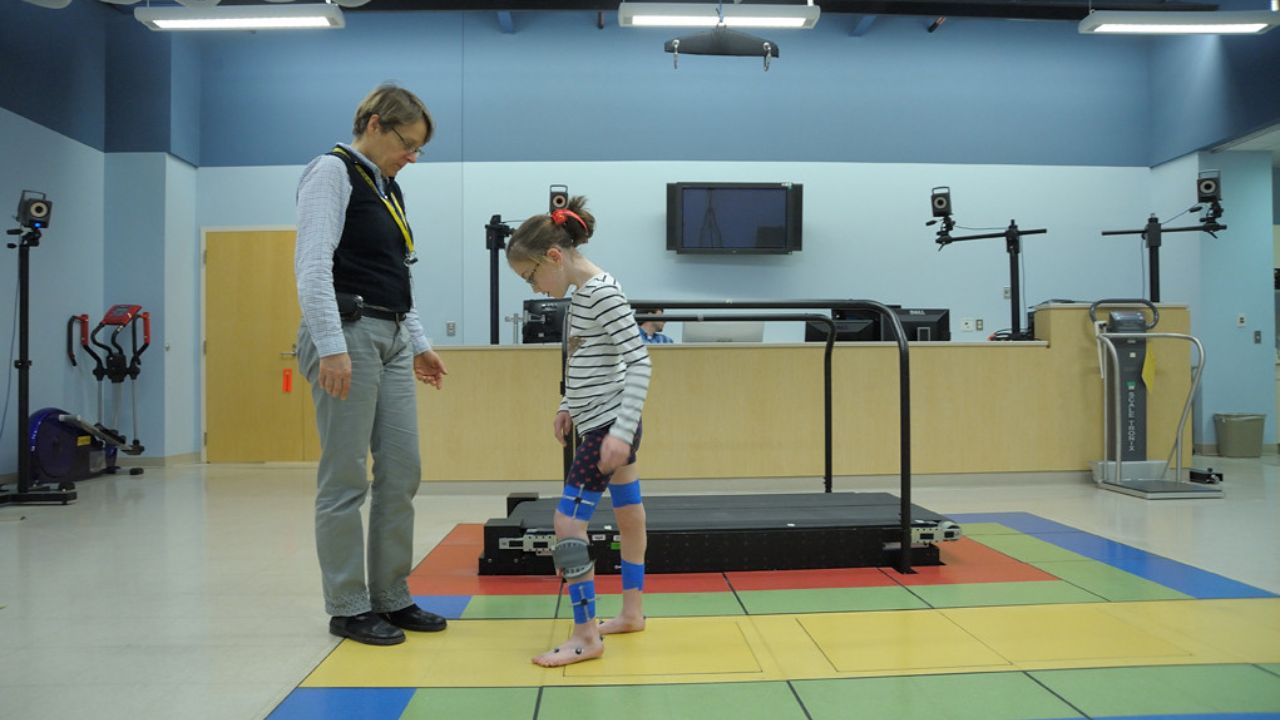
Here are four additional benefits of using standing aids:
Enhanced sensory integration: Standing aids provide a proprioceptive input that can help children better understand their body's position in space, improving their sensory integration skills.
Increased independence: By using standing aids, children can engage in activities that require standing, such as playing, reaching for objects, and participating in social interactions, thus promoting independence and freedom.
Improved circulation: Standing aids can help improve blood flow and prevent issues like pressure sores, helping children maintain good overall health.
Enhanced bone health: Regular weight-bearing activities facilitated by standing aids can promote healthy bone development and reduce the risk of osteoporosis later in life.
Incorporating standing aids into the daily routine of special needs children can provide numerous benefits, including improved postural alignment, sensory integration benefits, increased independence, better circulation, and enhanced bone health.
Types of Standers
Frequently overlooked, yet crucial to the mobility of special needs children, are the various types of standers available on the market today, which can greatly enhance their overall quality of life and functional abilities.
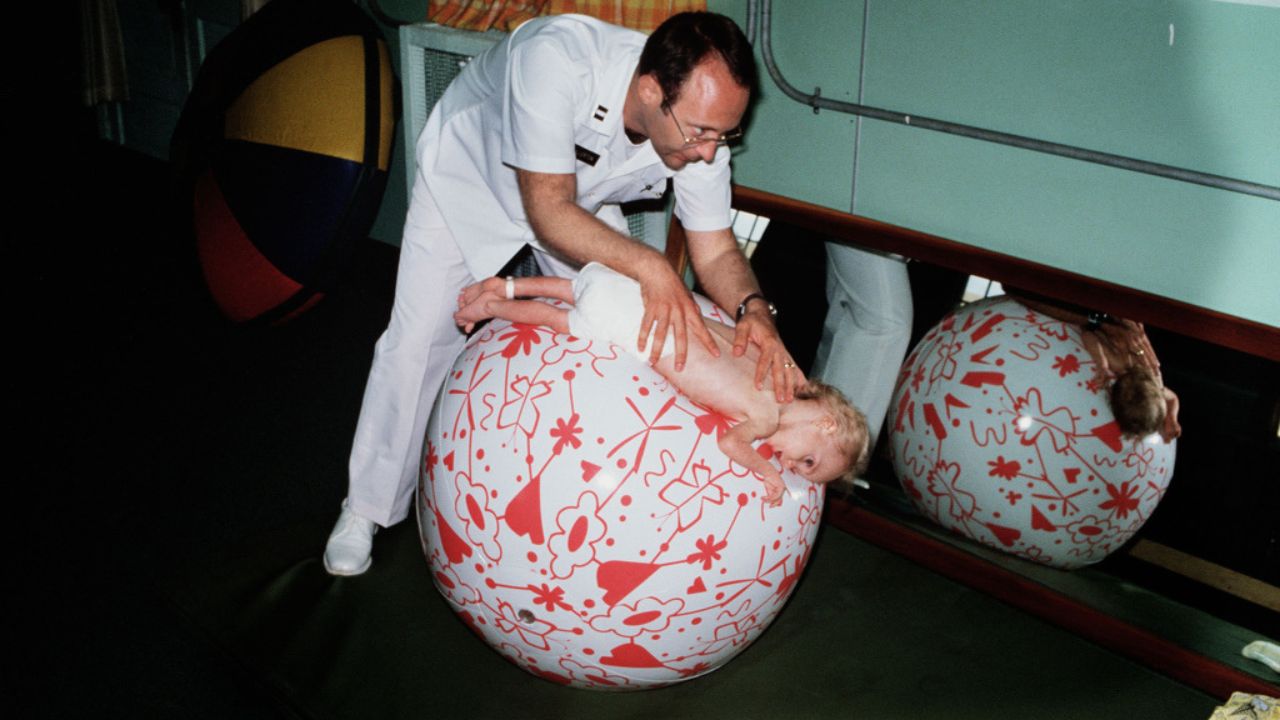
Standers, a form of adaptive seating, provide support and stability, allowing children to stand upright and engage in various activities. These mobility aids are designed to address the unique needs of children with physical disabilities, promoting improved muscle strength, bone density, and joint mobility.
Standers come in different styles, such as prone, supine, and upright, catering to the specific requirements of each child. They offer numerous benefits, including improved circulation, decreased muscle tightness, and enhanced respiratory function.
Assistive Communication Devices
In the rapidly evolving field of assistive technology, the use of advanced assistive communication devices has become increasingly prevalent among individuals with speech impairments. These devices provide a means for individuals to express themselves, interact with others, and navigate the world more independently.
Here are four ways in which assistive communication devices are empowering individuals and promoting freedom:
Augmentative communication: These devices offer alternative methods of communication, such as text-to-speech or picture-based systems, allowing individuals to express their thoughts and needs effectively.
Increased social inclusion: By enabling communication, these devices help individuals with speech impairments participate more fully in social interactions, promoting inclusivity and reducing isolation.
Educational opportunities: Assistive communication devices support learning and academic success by allowing individuals to actively participate in classroom activities and engage with peers and teachers.
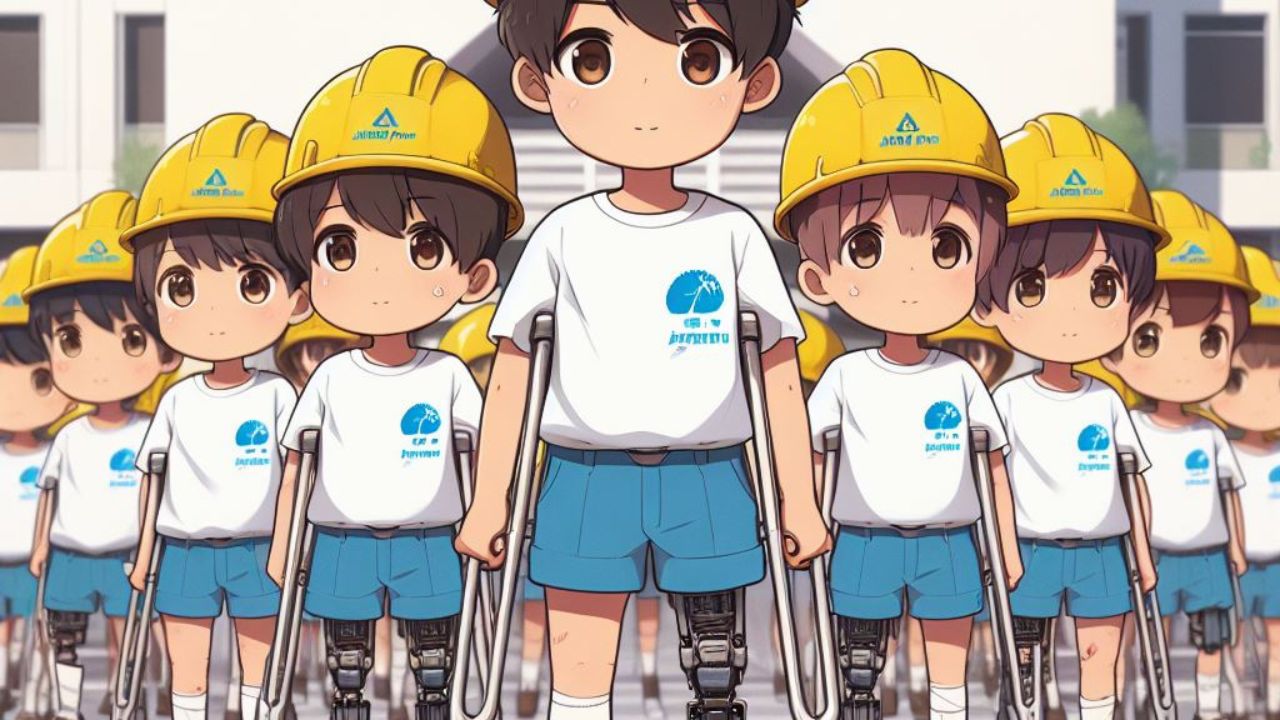
Enhanced independence: These devices enable individuals to take control of their lives, make choices, and advocate for themselves, fostering a sense of autonomy and freedom.
With continuous advancements in assistive technology, the future holds even more possibilities for individuals with speech impairments to communicate effectively and live more freely.
Orthotic Devices
Orthotic devices play a crucial role in improving mobility and providing support for individuals with physical disabilities. Whether it's orthotic braces or orthotic shoes, these devices are designed to enhance freedom of movement and independence.
For individuals with conditions such as cerebral palsy, muscular dystrophy, or foot deformities, orthotic braces can help stabilize joints, correct alignment, and improve balance. They provide the necessary support to enable individuals to walk, run, and engage in various activities with greater ease and confidence.
Orthotic shoes, on the other hand, are specifically designed to accommodate foot deformities, reduce pain, and promote proper alignment. By providing a secure and comfortable fit, orthotic shoes allow individuals to move freely without discomfort or limitations.
These devices not only enhance mobility but also contribute to an individual's overall well-being, allowing them to participate in daily activities with greater independence and freedom.
Sensory integration tools play a crucial role in enhancing the sensory experiences of special needs children.
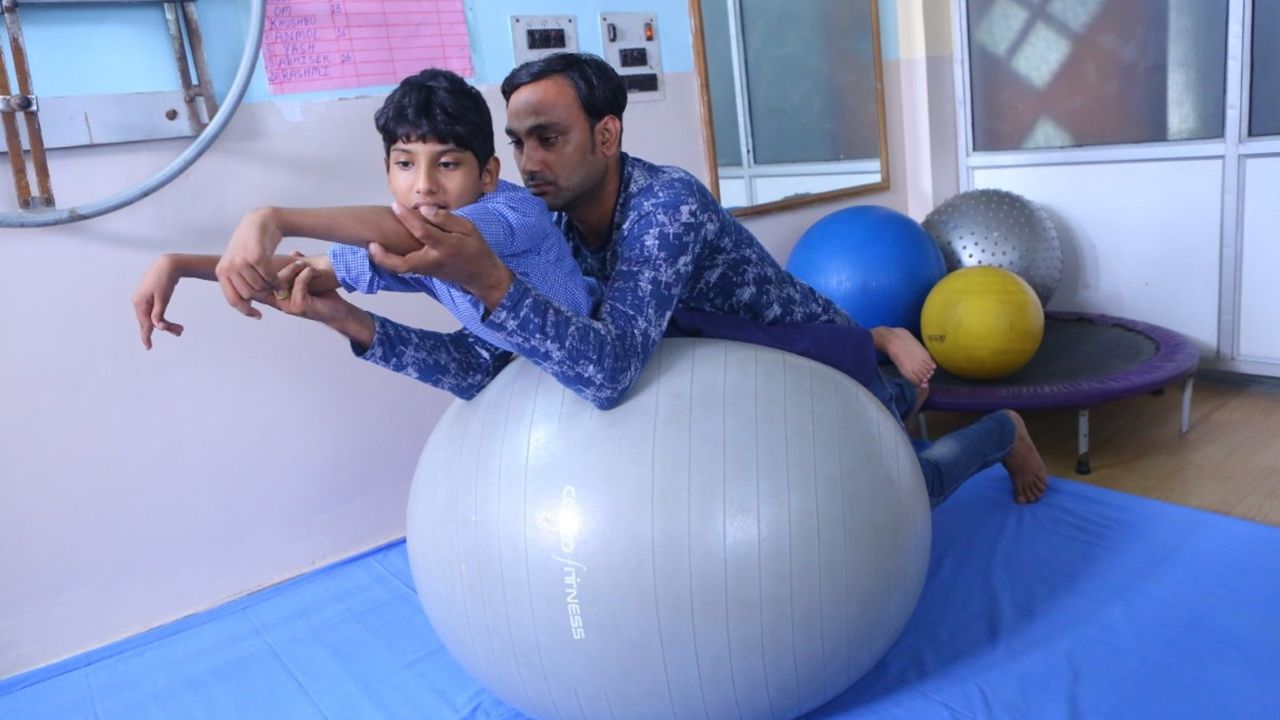
These tools offer a range of benefits, including improved focus, reduced anxiety, and increased self-regulation.
Sensory Integration Benefits
The effectiveness of sensory integration tools can be enhanced when combined with appropriate assistive devices for special needs children. These devices not only aid in their mobility but also provide additional sensory input, promoting overall development.
Here are 4 assistive devices that can greatly benefit special needs children:
Wheelchairs: Providing freedom of movement and independence, wheelchairs enable children with mobility impairments to navigate their environment comfortably.
Walkers: Assisting children with balance and stability, walkers promote motor skills development and encourage independent mobility.
Communication Devices: These devices enable nonverbal children to express themselves, fostering their social interactions and reducing frustration.
Sensory Integration Swings: These swings provide deep pressure and vestibular stimulation, helping children regulate their sensory systems and promoting relaxation.
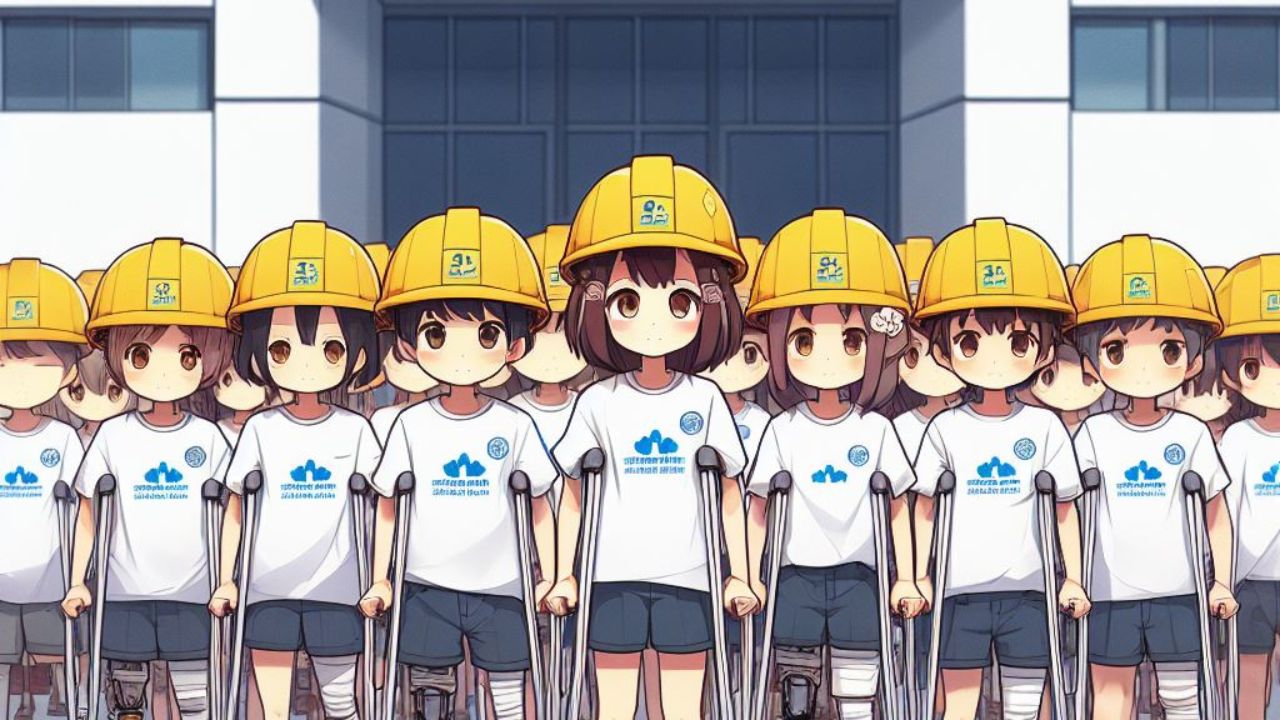
Effective sensory tools, such as weighted blankets and fidget spinners, can significantly improve sensory integration in children with special needs. Sensory integration refers to the brain's ability to organize and interpret information from the senses. For children with special needs, their sensory systems may not function optimally, leading to challenges in processing sensory input.
Sensory toys and sensory therapy can be valuable tools in helping these children develop better sensory integration skills. Sensory toys, such as textured balls or squishy stress balls, provide tactile stimulation and help children explore different textures. These toys can be used during sensory therapy sessions or incorporated into daily activities to promote sensory integration.
Weighted blankets, on the other hand, provide deep pressure stimulation and can have a calming effect on children. They can be used during bedtime or times of stress to help children feel more grounded and regulated.
Enhancing Sensory Experiences
Weighted blankets can be used alongside sensory toys to enhance and diversify sensory experiences for children with special needs. These blankets provide deep pressure sensory stimulation, which can have a calming and grounding effect on the body. When combined with sensory toys, they create a therapeutic play environment that promotes relaxation and emotional well-being.
Here are four ways in which weighted blankets can enhance sensory experiences:
Deep Pressure Stimulation: The weight of the blanket provides a gentle, constant pressure that can help children feel more secure and relaxed.
Improved Focus: The sensory input from the blanket can help children regulate their sensory systems, allowing them to better focus and engage in activities.
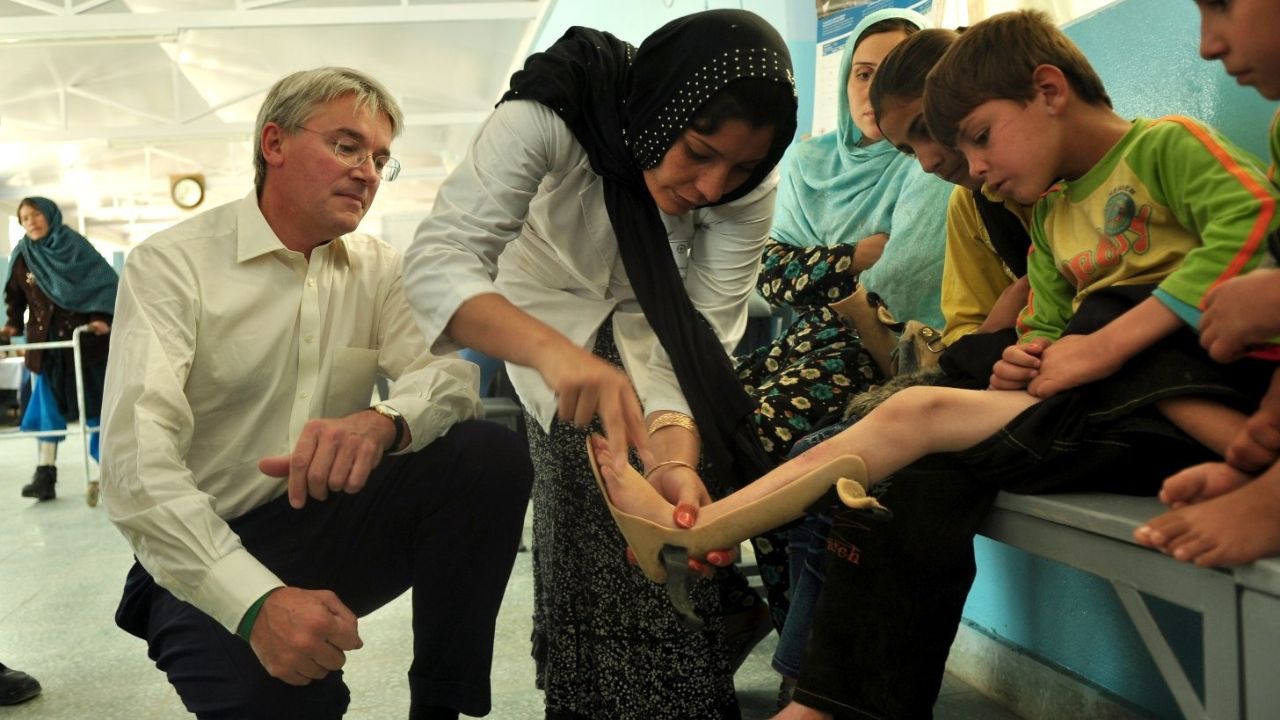
Emotional Regulation: The deep pressure can help children manage their emotions by providing a sense of comfort and stability.
Sleep Aid: Weighted blankets can promote better sleep by reducing anxiety and increasing feelings of safety and security.
Adaptive Seating Systems
One of the most common assistive devices used for special needs children is the adaptive seating system, which provides customized support and comfort during various activities.
Adaptive seating systems offer numerous benefits for children with special needs, including improved posture, increased stability, and enhanced participation in daily activities.
These systems are specifically designed to accommodate the unique needs and preferences of each individual, ensuring optimal comfort and functionality.
In addition to providing physical support, adaptive seating systems also play a crucial role in sensory integration techniques. By providing a stable and secure seating environment, these systems help children with sensory processing difficulties to better regulate their sensory inputs and focus on the task at hand.
Overall, adaptive seating systems are a valuable tool in promoting independence and freedom for special needs children, allowing them to fully engage in various activities and reach their full potential.
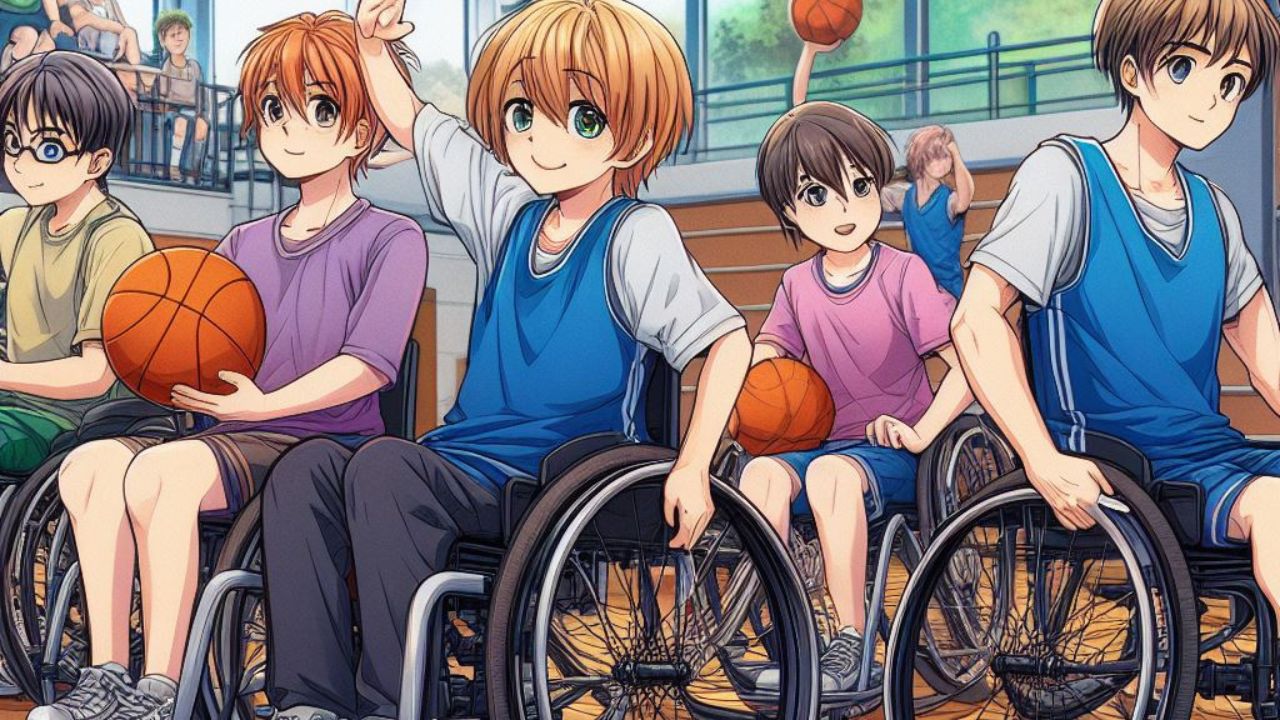
Mobility Scooters
While mobility scooters provide a convenient and accessible mode of transportation for individuals with limited mobility, they also require proper training and adherence to safety guidelines to ensure the well-being of the user. Here are four key points to consider when using mobility scooters:
Safety First: It is crucial to familiarize yourself with the scooter's features and controls before operating it. Always wear a helmet and other protective gear, and follow traffic rules to ensure your safety and that of others.
Maintenance Matters: Regularly check the scooter's battery, tires, brakes, and lights to ensure they are in good working condition. A well-maintained scooter ensures a smooth and safe ride.
Obey Weight Limitations: Each scooter has a weight capacity that should not be exceeded. Overloading the scooter can affect its stability and performance, compromising your safety.
Mind Your Surroundings: Stay alert and be cautious of your surroundings. Watch out for obstacles, uneven surfaces, and pedestrians. Being aware of your environment promotes a safe and enjoyable ride.
Using mobility aids like scooters can promote independence and enhance the quality of life for individuals with limited mobility. By following these guidelines, you can enjoy the freedom and convenience that mobility scooters provide while ensuring your safety.
Frequently Asked Questions
How Do I Choose the Right Wheelchair for My Child's Specific Needs?
When choosing a wheelchair for your child's specific needs, consider factors such as their mobility level, body type, and lifestyle. Look for features like adjustable seat height, backrest angle, and armrests to ensure comfort and functionality.
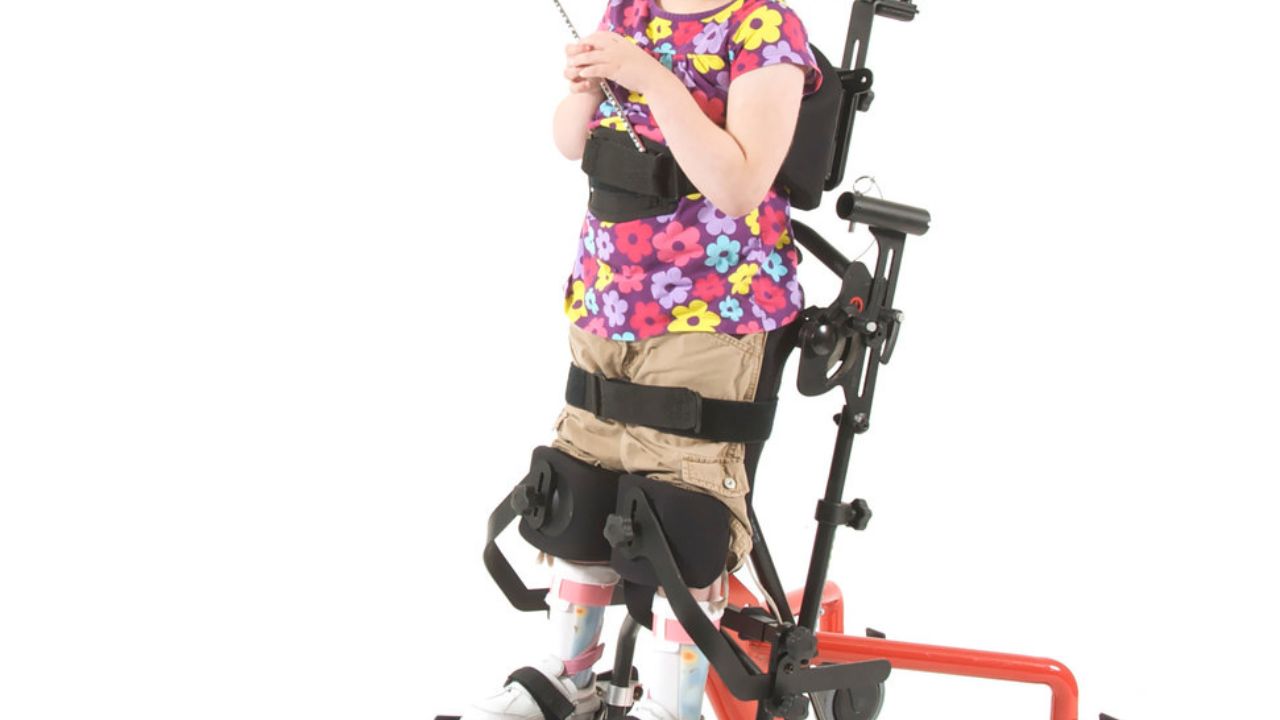
Are There Any Resources Available to Help Cover the Cost of Assistive Devices?
Financial assistance is available to help cover the cost of assistive devices for special needs children. Grants for assistive devices can provide the necessary funding, ensuring that these children have access to the devices they need to improve their mobility and independence.
Can a Child With Limited Mobility Still Participate in Sports and Recreational Activities?
Children with limited mobility can still participate in sports and recreational activities through the use of adaptive equipment and inclusive playgrounds. These resources provide the necessary support and accessibility for children to experience the freedom of movement and engagement in physical activities.
What Are Some Common Challenges Faced by Children Using Assistive Devices, and How Can They Be Addressed?
Addressing challenges faced by children using assistive devices is crucial for maximizing their independence. Common challenges include physical limitations, social stigma, and emotional barriers. These can be addressed through comprehensive therapy, inclusive environments, and supportive communities.
Are There Any Assistive Devices Specifically Designed for Children With Sensory Processing Disorders?
Sensory friendly technology and therapeutic play equipment are designed to support children with sensory processing disorders. These assistive devices provide a safe and engaging environment for sensory exploration and integration, helping to address the unique challenges faced by these children.
Conclusion
In conclusion, assistive devices play a vital role in promoting mobility and independence for special needs children.
From wheelchairs and walkers to adaptive tricycles and gait trainers, these devices provide practical solutions for children with mobility challenges.
Additionally, orthotic devices, sensory integration tools, and adaptive seating systems offer further support and comfort.
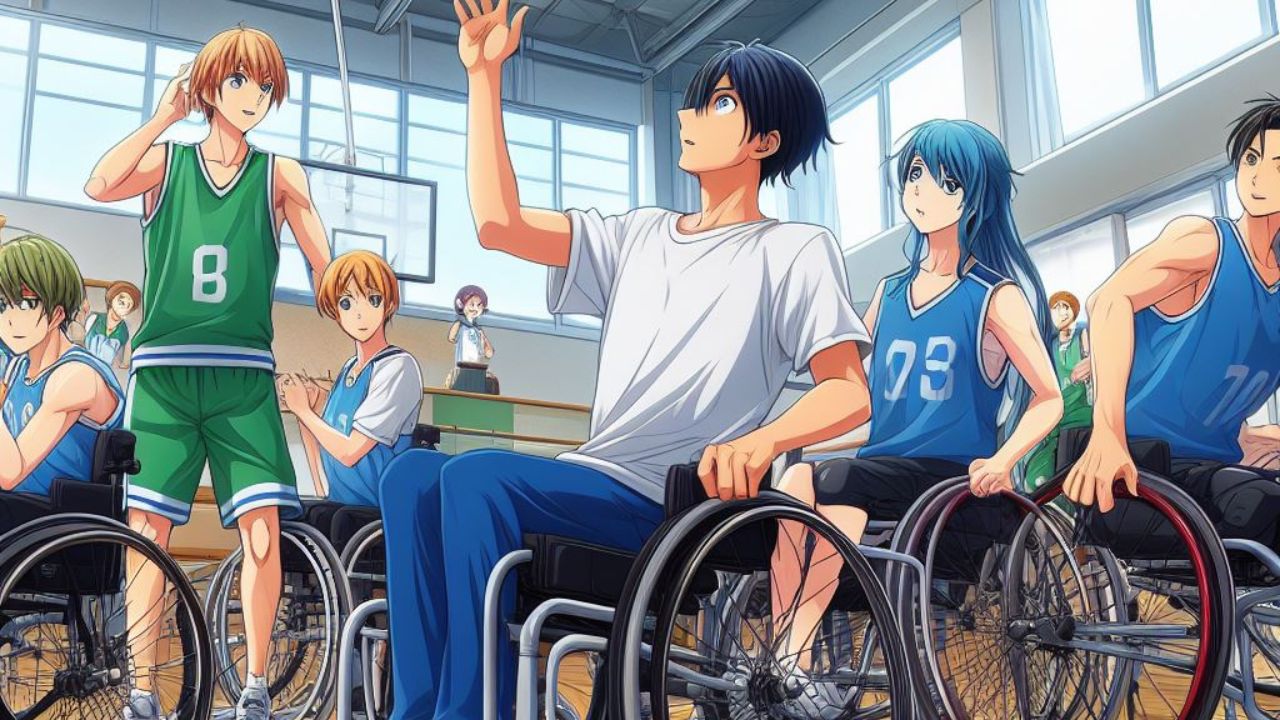
By incorporating these assistive devices into their daily lives, special needs children can experience increased mobility and improved quality of life.
 Mobility trainingHome Fitness RecoverySports Injury PreventionPersonal Physical TherapyOrthopedic SolutionsPrivacy PolicyTerms And Conditions
Mobility trainingHome Fitness RecoverySports Injury PreventionPersonal Physical TherapyOrthopedic SolutionsPrivacy PolicyTerms And Conditions
